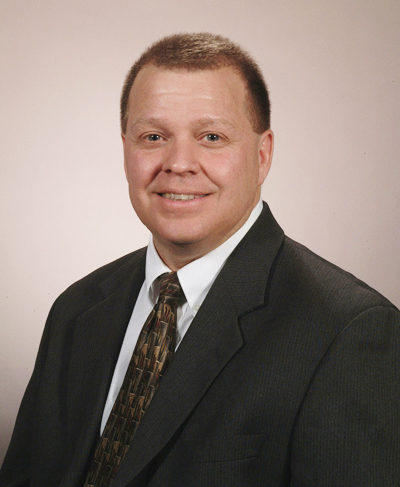MD Momentum Fund Backs Stroke Recovery Firm
The University System of Maryland (USM) has selected NextStep Robotics, a startup company that has developed a personalized robotic therapy to help relieve discomforts of “foot drop” syndrome in recovering stroke patients, as recipient of the second investment from the recently established Maryland Momentum Fund.
The robotic therapy is based on research in the University of Maryland School of Medicine (UMSOM) at the University of Maryland, Baltimore (UMB), the Baltimore Veterans Affairs (VA) Medical Center, and the A. James Clark College of Engineering at the University of Maryland, College Park (UMCP).

Richard F. Macko, MD, professor of neurology at the University of Maryland School of Medicine and associate director for research at the Geriatric Research Education and Clinical Center of the Baltimore Veterans Affairs (VA) Medical Center.
As part of an initial funding round of $750,000, the Maryland Momentum Fund is contributing $250,000. The USM Board of Regents established the fund to enable the system to invest in and support promising commercial opportunities arising from advances in research and intellectual property at USM campuses. Other critical sources in the funding round include money from four investors connected to the Fort Capital investment group in Vancouver, British Columbia.
“We are very pleased the Maryland Momentum Fund has been able to once again broaden the base of co-investors and a university startup, this time to include an international consortium,” said David Wise, director of the Maryland Momentum Fund.
A Baltimore company, NextStep Robotics is developing the first effective treatment option for foot drop to help stroke survivors and others regain mobility using clinically proven rehabilitation training.
This treatment option serves a growing national need, with 5 million stroke survivors in the United States and 800,000 new strokes per year. Those with the condition have a limit on mobility that inhibits them from lifting their toe while walking — placing them at risk for a fall. Foot drop also often afflicts people with diabetes and Parkinson’s disease.
NextStep Robotics is providing clinics the ability to offer robotics therapy through its adaptive software that provides a personalized, assist-as-needed approach. The easy-to-use robot is designed to be run by clinic staff, freeing up therapists with highly advanced training to work in a more hands-on fashion in treating patients’ other rehabilitation needs.
The robots send signals to promote brainwave motor learning in as few as 18 hours. From a clinical standpoint, the robot serves as a training device, not an assisting device.
The device will be registered with the Food and Drug Administration (FDA) as a Class 1 Exercise Device, allowing it to be sold and used without FDA approval.
NextStop Robotics Chief Executive Officer Brad Hennessie in 2009 began working with doctors from UMSOM and the Baltimore Veterans Affairs (VA) Motor Performance Laboratory as an exercise physiologist. Upon completing master’s degrees in health administration and business administration, he filled the role of lead clinical research specialist for the Maryland Exercise and Robotics Center of Excellence. The founders of the company have direct affiliations with the Baltimore VA Health Care System. Critical funding sources for the research allowed the founders to develop the technology through the Baltimore VA Health Care System.
Hennessie has coordinated his research with UMSOM Professor Richard F. Macko, MD, the Baltimore VA Medical Center Geriatric Research Education and Clinical Center (GRECC) associate director for research; Resident Scientist Larry Forrester, the recently retired founding director of the Baltimore VA Human Motor Performance Laboratory; and Anindo Roy, MPhil, PhD, who holds faculty positions at UMSOM and UMCP’s A. James Clark School of Engineering. Roy also is the chief robotics engineer for the Baltimore VA Medical Center.
“We are excited to give physical therapists a tool that can give their patients with foot drop syndrome the confidence to focus their recovery beyond their activities of daily living to their activities of community living,” Hennessie said.
The USM Board of Regents established the Maryland Momentum Fund to concentrate on filling gaps in the funding pipeline to push USM's most innovative ideas into the marketplace.
With a $10 million commitment from the USM already in place, the system is collaborating with UM Ventures to reach out to area venture capitalists and angel investors for an additional $15 million. UM Ventures is a joint initiative of UMB and UMCP to commercialize technologies and expand industry collaboration.
As it approaches the $25 million level, the Maryland Momentum Fund will leverage this financial support to achieve several objectives: accelerate the success and profitability of USM startups; attract promising entrepreneurs and innovators to USM institutions; seize the opportunity to commercialize valuable USM intellectual property; and develop long-term financial returns that can be reinvested in future startups affiliated with the USM.


